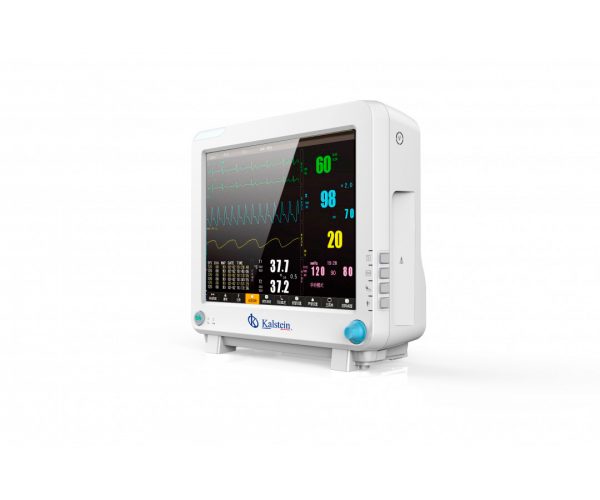Patient monitors have a variety of uses in modern healthcare environments. The main uses include monitoring a patient’s health status, monitoring patient-specific processes, and early identification of any problems. A specific area in which an innovative approach to using the patient monitor to reduce the risk of postoperative complications has been developed is post-surgery patient surveillance.
It has been shown that the follow-up of a patient with postoperative monitoring can improve the quality of surgical results and decrease the recovery time. It has been shown that this technique can be safe and effective in the appropriate cases, especially considering the degree of complication of surgery; however, even in the simplest cases, it is necessary to act safely.
What do the studies say about postoperative monitoring of patients?
In a recent study, researchers analyzed the impact of the postoperative monitoring component of a perioperative care program to monitor patients’ health status after surgery. The program included postoperative at day 1 and 2, in a specialized room with monitors designed to detect early signs of problems.
The results of the study showed a significant reduction in the risk of postoperative complications among patients who received postoperative monitoring, compared with patients who did not receive monitoring. These results confirmed the significant advantage of adding a postoperative care component to postoperative programs
What is the usefulness of patient monitors in postoperative care?
Similarly, postoperative monitoring has been shown to be useful to reduce the risk of postoperative complications in different patient populations. Specific monitors are used to monitor critical clinical outcomes, such as blood pressure, heart rhythms, temperature, and oxygen level.
These monitors are equipped with machine learning algorithms to alert nurses of any significant change in the patient’s health status. This early identification can enable doctors to take immediate action to prevent future complications. In that sense, the key lies in preventing any condition from worsening and putting the patient’s life at risk.
Is it safe to use patient monitors in postoperative care?
In terms of safety, the use of post-operative patient monitors is safe and effective for the appropriate patients. These devices have no adverse effects, and are generally considered safe for use in adults in general health without any contraindication. Postoperative patient monitors should be used in combination with clinical evaluation, laboratory testing, and other diagnostic tests.
Using all of this information helps doctors make an informed decision about the person’s condition and needs for treatment. In summary, patient monitors are currently being used successfully to help reduce the risk of postoperative complications. These tools offer additional protection by monitoring the patient’s vital signs in real time and alerting the medical team to any significant increase in results.
These devices are being tested with promising results in several studies, demonstrating a significant reduction in the risk of complications for various types of procedures. These studies have been conducted successfully, demonstrating the promise that monitoring postoperative patients offers a significant advantage for overall health.
Kalstein patient monitors as allies of postoperative care
Any surgery, from the smallest to the most complex necessarily involves a risk of complication, therefore, it is necessary to take all the forecasts of the case. In this regard, patient monitors from the Kalstein manufacturer are ideal for patient follow-up, before, during and in post-operative care. With this equipment, vital signs such as heart rate and tension, oxygen level, among others can be tracked; it can also generate an alarm signal when the measured values are out of the critical values and are robust equipment. For more information about these instruments, sales, purchase and prices, please contact the HERE and HERE portals.

